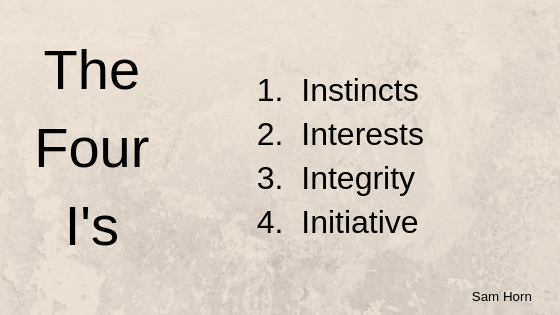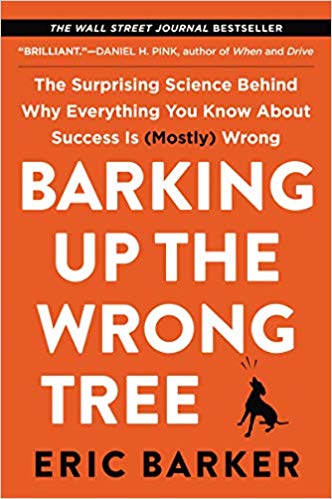“Work hard in silence. Let success be your noise.”
—Frank Ocean, American singer/songwriter

Image from Unsplash by Glenn Carstens-Peters
I hope you love your life. I hope all your personal and professional efforts are rewarding in themselves, and that there is no need to brag or boast to call attention to your successes. After all, tooting your own horn can often backfire in our world of considerable judgement.
Ask yourself the following questions regarding your current work efforts:
- How much impact, influence, and say do I have in my work?
- How much am I learning, growing, and bettering myself through my work?
- What difference, contribution, and purpose does my work provide to others in my various communities?
EXERCISE:
Take one minute tonight after you brush your teeth to look in a mirror and reflect on all your silent successes. You may notice how others in your world often toot your horn for you.









